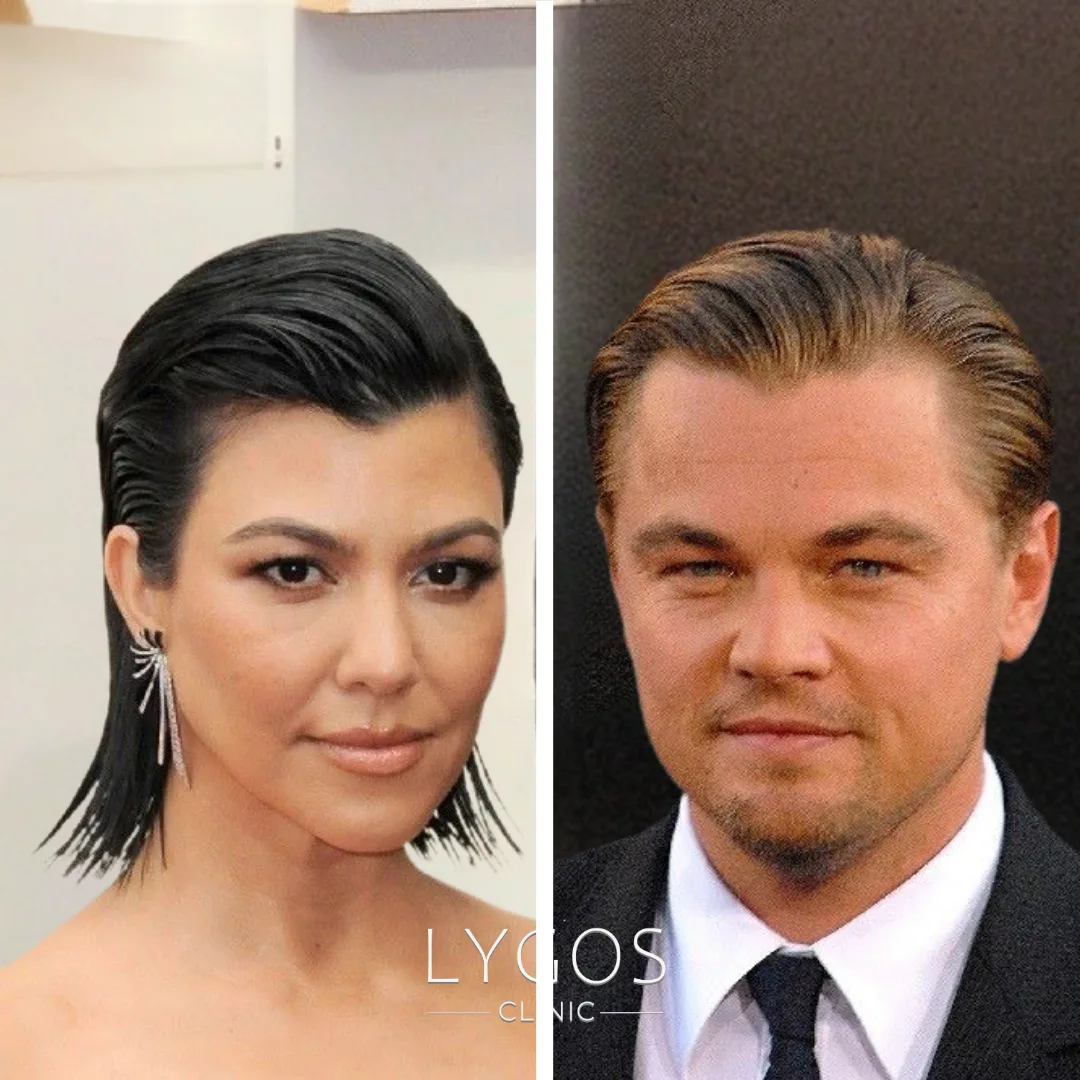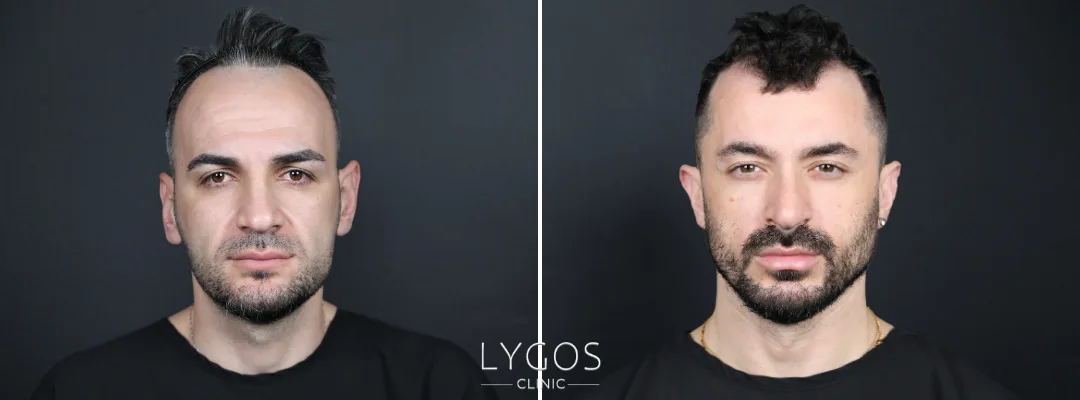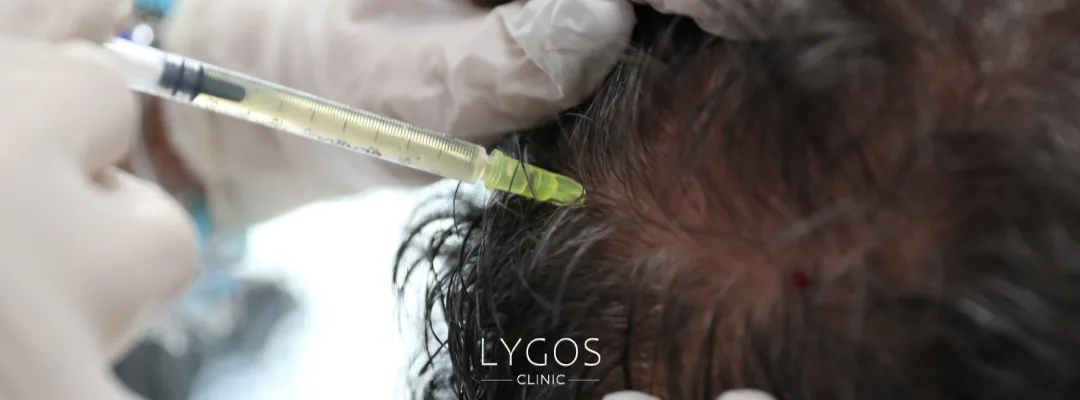Different Hairline Types for Men and Women

Chose Your Topic
Different Hairline Types for Men and Women
A hairline is one of the most important features that affect a person’s appearance and confidence. Hairline types can differ for men and women and are influenced by factors such as genetics, age, and hormones. In this article, we provide comprehensive information on the different hairline types for men and women.

What is a Hairline?
A hairline is the natural boundary where hair begins along the forehead, sides, and nape. In some people, the hairline is more defined and straight, while in others it may appear slightly indented or wavy. The hairline is not only an aesthetic feature but also directly related to aging, hormones, and genetics.
Although hairline types vary from person to person, there are fundamental differences between men and women. These differences also affect hair transplant, care, and styling preferences. Understanding the hairline types for men and women is important for both appearance and maintenance.
Hairline Types in Women
Women generally have softer, rounded hairlines. Common hairline types in women include:
- Straight Hairline: A straight and symmetrical hairline along the forehead is commonly seen in women.
- Rounded Hairline: The hairline is slightly curved, giving a natural appearance to the forehead.
- V- or M-Shaped Hairline: Often genetically inherited, this type is seen in women with slightly indented hairlines.
- Thinning Hairline: With aging or hormonal changes, women may experience hairline thinning or recession.
Women’s hairlines are usually softer and more aesthetic, which is why women may use different methods for shaping and care. The type of hairline is an important factor in hair transplantation and the selection of hair care products.

Hairline Types in Men
Men’s hairline types are generally more defined and variable than women’s. Common hairline types in men include:
- M-Shaped Hairline: The most common hairline type in men, where the sides recede while the center remains more prominent.
- Straight Hairline: Some men have a completely straight hairline. This type is rarer but aesthetically noticeable.
- Receding Hairline: Hairline recession in men is influenced by age and genetics.
- V- or U-Shaped Hairline: This type creates deep indentations on the forehead, often seen in men with a family history of hair loss.
The hairline type in men plays a critical role in determining baldness risk, hair transplant needs, and hair care products. Therefore, men should monitor their hairlines closely.
Genetic Factors Affecting Hairline
Genetic factors greatly influence hairlines in both men and women. Genetics determine the shape, density, and tendency for hair loss. For example, men with an M-shaped hairline in their family are more likely to have the same type.
In women, genetics affects the rate of hairline thinning and sparseness. While hairline types are genetically determined, lifestyle, nutrition, and hormonal balance also affect hair health.

Hairline Problems and Solutions
Some hairline problems can affect both men and women. Common issues include:
- Hairline recession: Caused by aging, stress, and genetics.
- Hairline thinning: Hormonal changes and vitamin deficiencies may weaken the hairline.
- Irregular hairline: Some people have asymmetrical hairlines, which can cause aesthetic concerns.
Solutions include hair transplantation, PRP therapy, proper hair care products, and nutritional support. Early intervention helps maintain a healthy hairline.
Differences Between Men’s and Women’s Hairlines
Hairline types differ between men and women in several ways:
- Shape: Women usually have rounded, soft hairlines, while men may have M- or V-shaped hairlines.
- Recession: Men’s hairlines can recede at an earlier age; women typically experience thinning after hormonal changes.
- Aesthetics: Women often use more styling and care options to shape their hairlines.
- Genetics: Genetics affect both genders, but men have a higher familial risk of baldness.
Understanding these differences is crucial for hair care, aesthetic procedures, and hair transplant planning.
The hairline is an important feature for both aesthetics and health. Hairline types in men and women are shaped by genetics, hormones, and lifestyle. Women generally have soft, rounded hairlines, while men may have M- or V-shaped hairlines. Hairline problems can be prevented or corrected with proper intervention.
Knowing your hairline, maintaining it, and taking preventive measures are effective ways to preserve confidence and maintain an aesthetic appearance.
Different Hairline Types for Men and Women Frequently Asked Questions (FAQ)
Hairlines are influenced by genetics, age, hormones, and lifestyle. Differences between men and women arise from these factors.
Genetics, hormonal changes, and aging cause hairline recession in men. M- and V-shaped hairlines are the most common types.
Yes. Hormonal changes, stress, and aging can cause hairline thinning in women. Early intervention can slow this process.
Hair transplantation, PRP therapy, proper hair care products, and vitamin support are effective methods.
Women usually have rounded, soft hairlines, while men have M- or V-shaped, more defined hairlines. Men’s hairlines may recede earlier.



